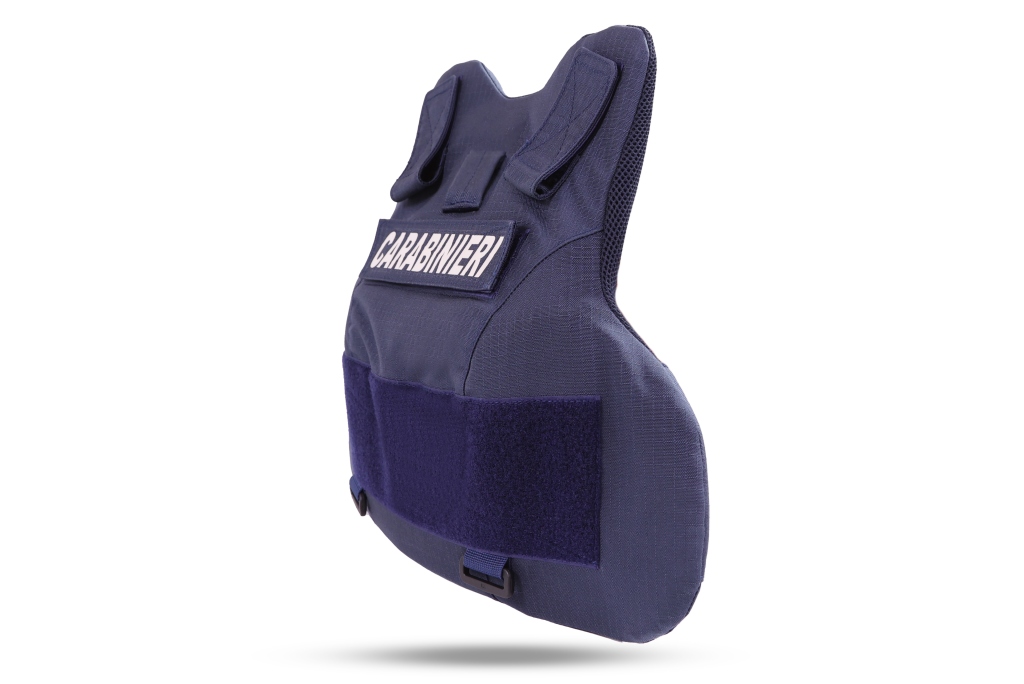Advancements in Anti-Drone Defense Systems for Armored Vehicles
Emerging Trends in Anti-Drone Technologies
The escalation of low-altitude drone assaults in Ukraine has spurred defense manufacturers worldwide to develop innovative protective solutions for armored vehicles. One notable advancement is the integration of anti-drone netting systems, which serve as crucial defensive mechanisms against these aerial threats.
New Developments by TAC Armored Vehicles
A prominent player in this arena, UAE-based TAC Armored Vehicles, has introduced the TAC-Q-Net, a lightweight cable mesh designed specifically to counter low-altitude drone strikes. This system aims to enhance the defensive capabilities of armored vehicles, including their Jedi armored personnel carriers.
- Design Features: The TAC-Q-Net acts as an additional physical barrier, preventing direct contact from drones and potentially deflecting their trajectories.
- Visual Demonstration: TAC Armored Vehicles showcased the system on a Jedi armored vehicle, a design reminiscent of various improvised protection systems encountered on the Ukrainian battlefield, which include everything from rigid metal cages to flexible nets.
Effectiveness in Diverse Environments
While the deployment of cable meshes and netting in Ukraine has demonstrated effectiveness against drone strikes, experts caution that the applicability of such systems may vary in different global contexts.
Federico Borsari, a non-resident fellow at the Center for European Policy Analysis, noted:
- Environmental Considerations: The humid climate of Ukraine contrasts sharply with the dry, sandy conditions of Abu Dhabi. Both environments present unique challenges for the durability of countermeasures, necessitating ongoing maintenance.
- Protection Limitations: Sectional integrity is crucial. Once a vehicle has been struck multiple times, the potential for failure increases with subsequent attacks. Thus, netting systems should be regarded primarily as last-resort measures rather than foolproof solutions.
Tactical Implications
Borsari further elaborated that:
- Exploitation Risks: A skilled drone operator can identify and exploit vulnerabilities in the netting system, targeting areas where the mesh connects and potentially breaching the armored vehicle’s defenses.
- Supplementary Measures: The cable mesh is intended to complement existing countermeasures. Enhanced drone defense requires a multifaceted approach, combining technology, training, and tactical awareness.
Considerations from Other Manufacturers
The domain of anti-drone systems is not exclusive to TAC Armored Vehicles. Other established manufacturers, such as British firm QinetiQ, have been pioneering similar technologies. QinetiQ’s Q-Net, developed over a decade ago, has been operational since 2010 in combat scenarios, safeguarding over 14,000 platforms from threats like rocket-propelled grenades.
Key Takeaways
- Evolution of Defense Strategies: The demand for effective anti-drone technologies reflects the changing landscape of modern warfare.
- Operational Readiness: Defense contractors must continuously innovate to ensure their products remain effective under varying conditions and against evolving threats.
As the dynamics of warfare shift, the success of these technologies will ultimately depend on continuous evaluation and integration into broader defensive strategies, ensuring that armored vehicles can withstand the growing risk posed by aerial attacks.





